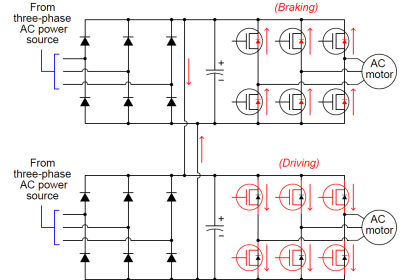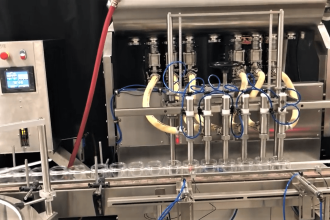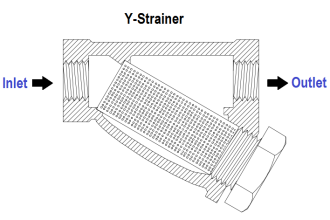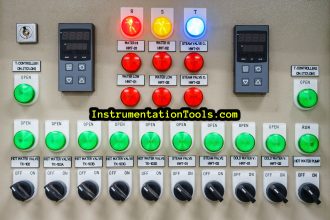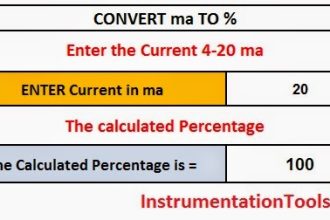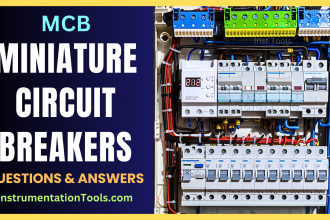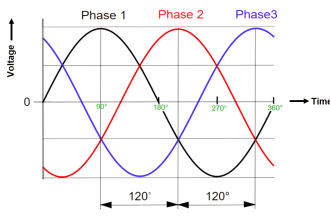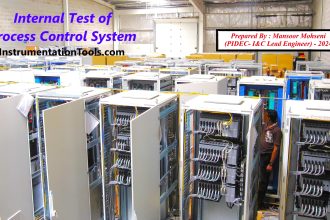Essentially, there are two basic types of generators:
• DC generators
• AC generators: Asynchronous (Induction) generators and Synchronous generators
INDUCTION GENERATORS
The induction generator is nothing more than an induction motor driven above its synchronous speed by an amount not exceeding the full load slip the unit would have as a motor. Assuming a full load slip of 3%, a motor with a synchronous speed of 1200 rpm would have a full load speed of 1164 rpm. This unit could also be driven by an external prime mover at 1236 rpm for use as an induction generator.
The induction generator requires one additional item before it can produce power – it requires a source of leading VAR’s for excitation. The VAR’s may be supplied by capacitors (this requires complex control) or from the utility grid. Induction generators are inexpensive and simple machines, however, they offer little control over their output. The induction generator requires no separate DC excitation, regulator controls, frequency control or governor.
SYNCHRONOUS GENERATORS
Synchronous generators are used because they offer precise control of voltage, frequency, VARs and WATTs. This control is achieved through the use of voltage regulators and governors. A synchronous machine consists of a stationary armature winding (stator) with many wires connected in series or parallel to obtain the desired terminal voltage.
The armature winding is placed into a slotted laminated steel core. A synchronous machine also consists of a revolving DC field – the rotor. A mutual flux developed across the air gap between the rotor and stator causes the interaction necessary to produce an EMF. As the magnetic flux developed by the DC field poles crosses the air gap of the stator windings, a sinusoidal voltage is developed at the generator output terminals. This process is called electromagnetic induction.
The magnitude of the AC voltage generated is controlled by the amount of DC exciting current supplied to the field. if “FIXED” excitation were applied, the voltage magnitude would be controlled by the speed of the rotor (E=4.44fnBA), however, this would necessitate a changing frequency! Since the frequency component of the power system is to be held constant, solid state voltage regulators or static exciters are commonly used to control the field current and thereby accurately control generator terminal voltage.
The frequency of the voltage developed by the generator depends on the speed of the rotor and the number of field poles. For a 60 Hz system, Frequency = speed(rpm)*pole pairs/60.
